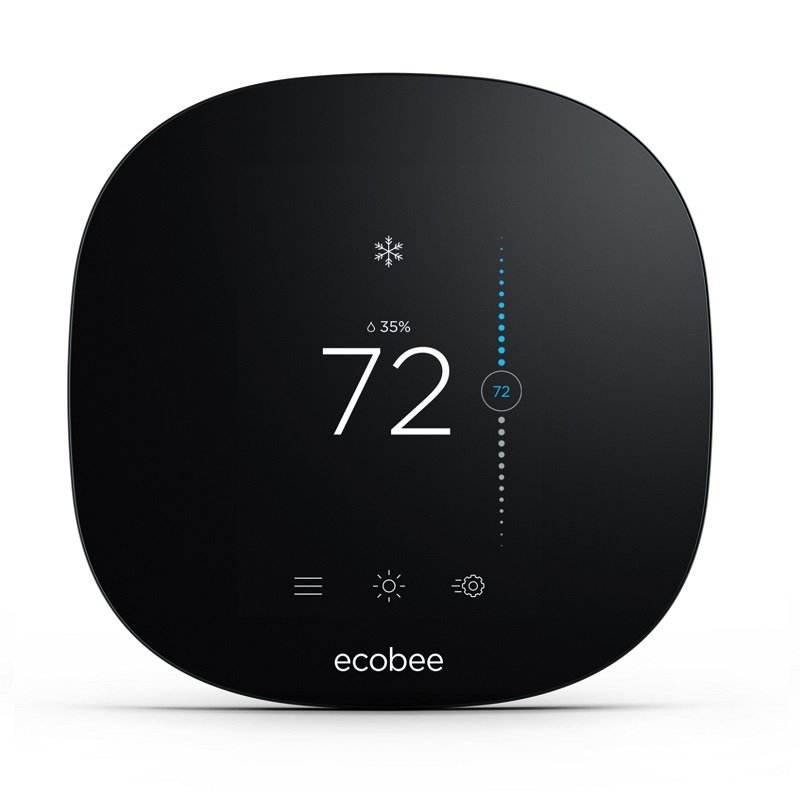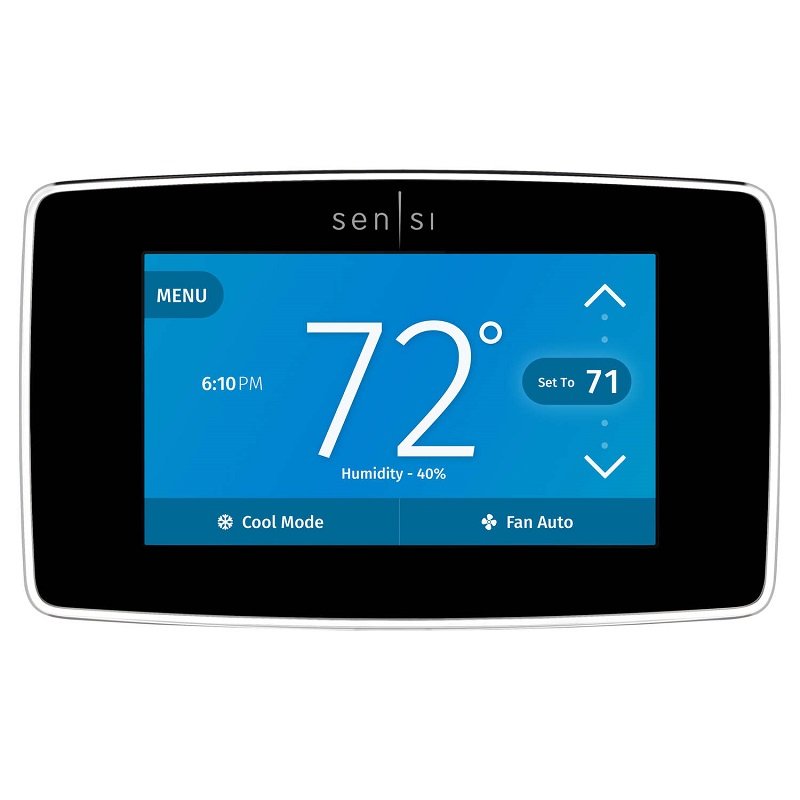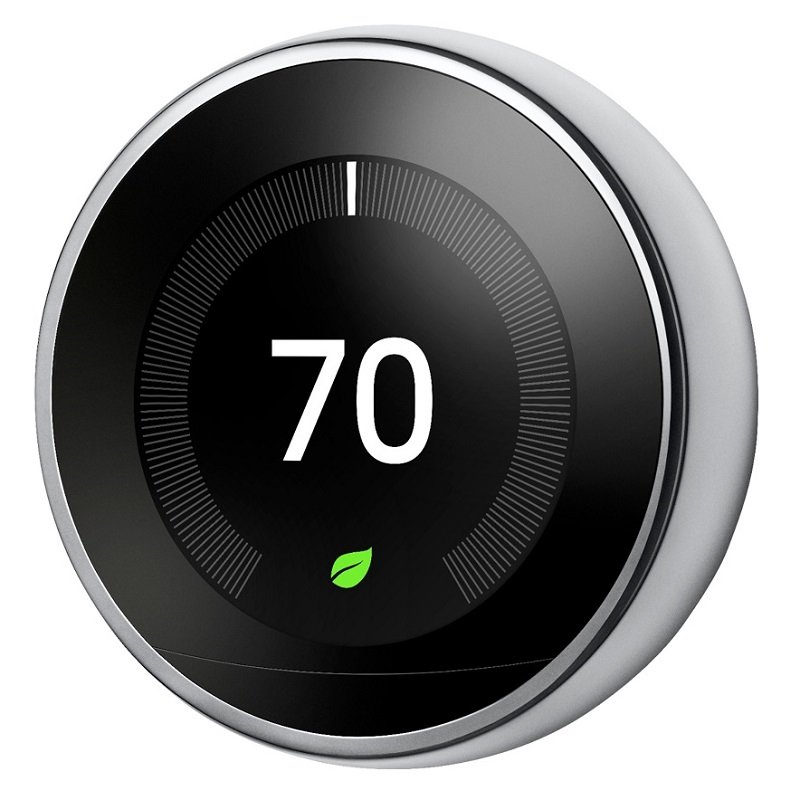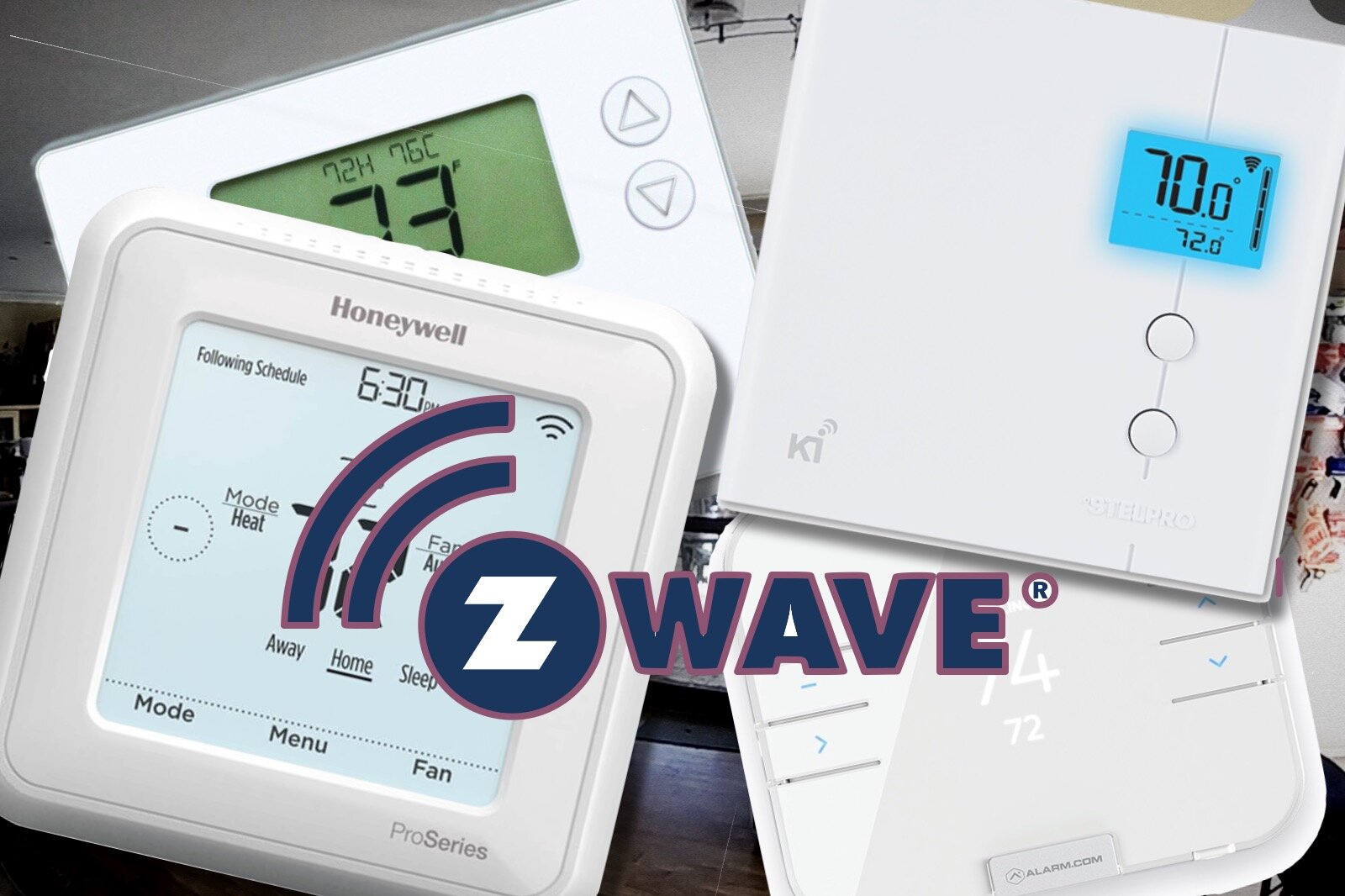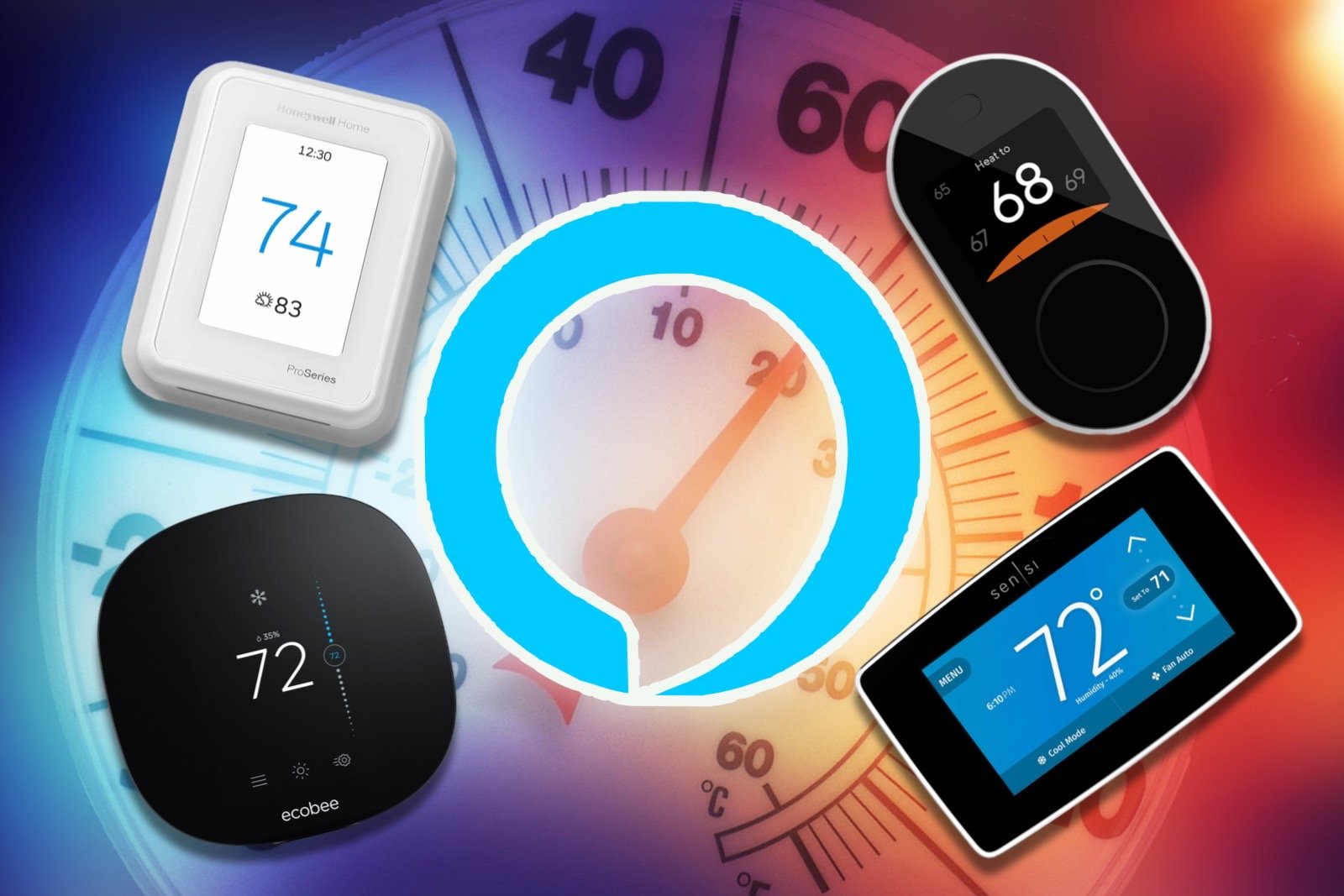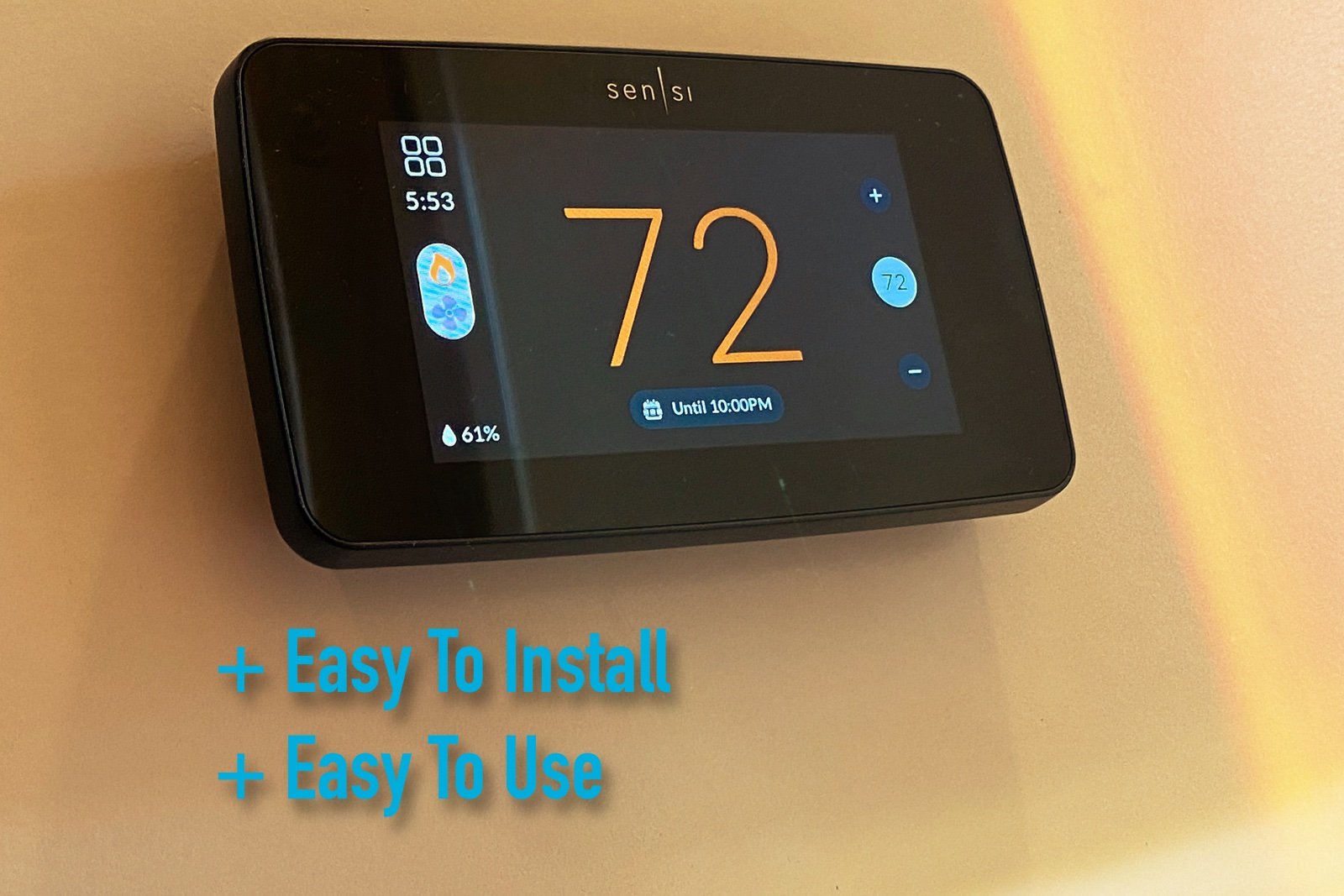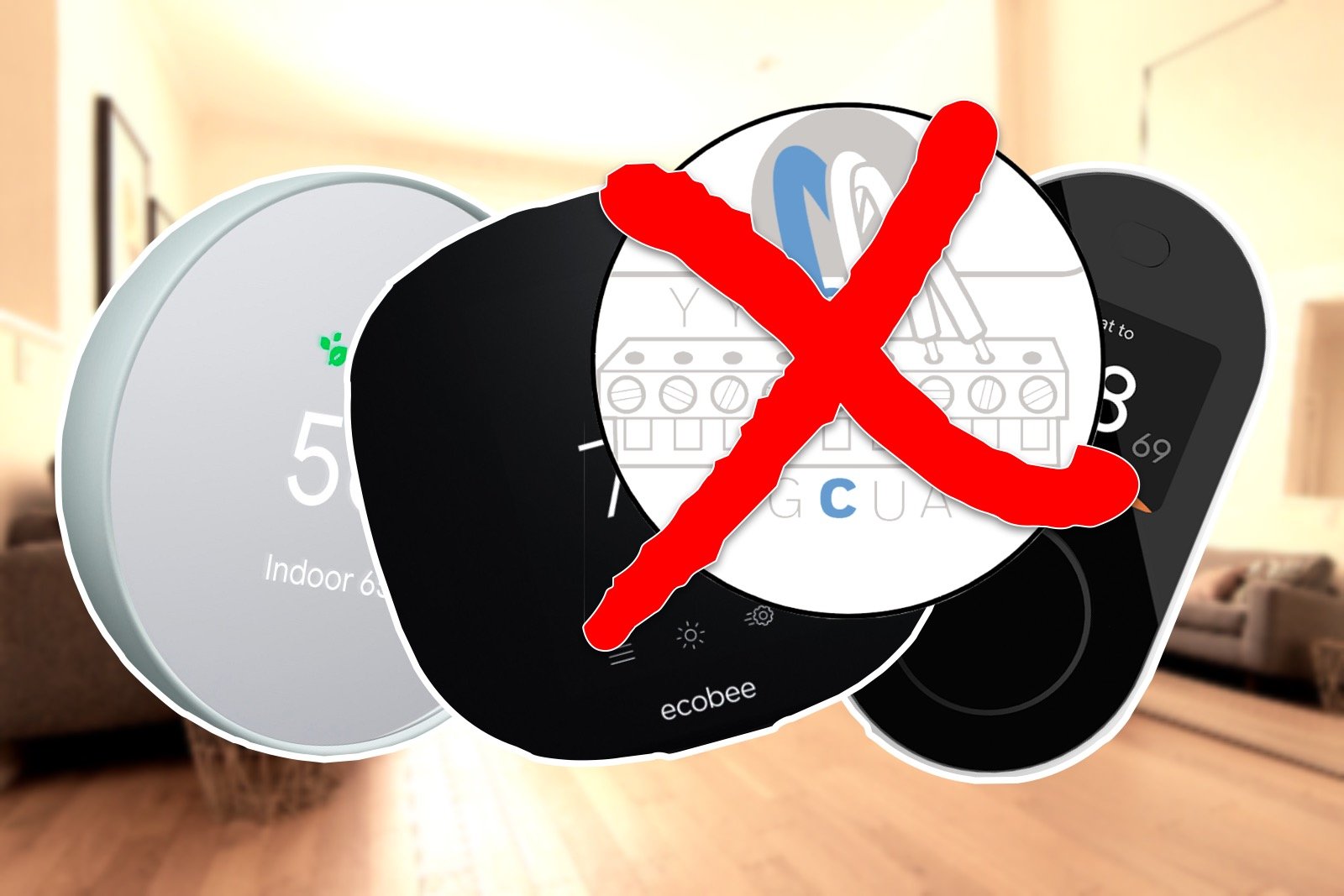How Smart Thermostats Can Save You Money
The convenience of automating your home’s comfort levels is a primary driver for installing a smart thermostat, but saving energy is right up there for many people as well. Saving energy obviously reduces your utility bills, but there are also more direct cost savings that can be achieved with smart thermostats as well.
How Do Smart Thermostats Save Energy?
Smart Thermostats can reduce energy consumption in a few different ways. These methods vary somewhat by model, and the effectiveness of any given approach will also vary depending on specific use case scenarios.
Smart Scheduling
This is the most common feature of smart thermostats and involves allowing for more complex schedule creation than is typically possible. This is made possible by being able to configure more detailed settings through a smart phone app, as opposed to having to punch buttons on the thermostat itself.
These schedules will typically be able to incorporate geo-fencing so that members of the household who have the smart phone app can be detected as at home or not.
You can configure multiple schedules for each day and set up different behaviors for when someone is home and when the house is empty. You’ll usually also be able to set up a vacation mode if the house will be empty for some time. This can be particularly beneficial in colder winter areas to avoid water freezing problems.
Motion and Presence Detection
Beyond simple geo-fencing, some smart thermostats have built-in motion sensor, or support remote motion sensor that can be placed around the house. This enables more discrete temperature control based on which rooms someone is in, allowing for presence detection without having to have the app tracking your location, and the ability to control different areas of the house separately if your HVAC system supports it.
Not heating or cooling rooms that no one is in can make a big difference in the load on your system, and your energy consumption accordingly.
Activity Learning
The top tier smart thermostats are able to learn the patterns of your home.
When do people typically arrive and leave?
Who is it that is in the house during those times?
What are their temperature preferences?
How do these change at different times of the day or year?
Taking those questions into account and combining it with real-time weather data allows the thermostat to automatically adjust its settings to optimize when to run the HVAC system. It’s a more subtle approach that allows for fine tuning the HVAC run times to ensure the least energy is used to keep things where they need to be.
This type of automated control doesn’t sit well with some people, though. They can feel like the device is making decisions they don’t like and want to do things the old-fashioned way. It’s certainly the case that some of these systems may not perform as well as they should, but there is probably also a degree of mistrust and unfamiliarity with more fluid settings.
How Much Energy Does a Few Degrees Save?
This is a pretty broad question given the range of HVAC types, home sizes, and climate zones. The US Department of Energy estimates you’ll save on average 1% on your energy costs per degree less heating or cooling you set.
What this doesn’t account for is the temperature differential in your particular case. That is, the difference between your set point and the outside temperature you are fighting against. The rate of heat transfer between the outside and the inside will increase with a bigger differential, so each degree close to the outside you set exponentially reduces energy consumption.
Having your inside temperature closer to the outside means a slower change in temperature, and thus less cooling or heating energy required to keep it stable. You can also look at this in terms of the run time required. Let’s say the outside is 20 degrees hotter than your set point. If you increase your set point by 2 degrees, that means you’ll need to run 10% less to maintain temperature. But if the outside is only 10 degrees hotter, then that 2-degree increase will save 20% on the required run time.
Using schedules to set more conservative temperatures throughout the day can be a big help with this, but smart thermostats allow this to be done much more dynamically, especially if you allow them to use their learning capabilities and weather data. More active management of your HVAC system can capture more of those energy savings than a fixed schedule could ever do.
Smart Thermostat Rebates
The efficiency gains of using a smart thermostat are significant enough that many utility companies will pay customers a rebate simply for installing one. The reduced energy usage achieved by having such a device benefits the local grid by reducing overall consumption demand.
These rebates are tied into the Energy Star certification program. You can find any rebate offers in your area through the Energy Star Rebate Finder, along with offers for a variety of other appliances and home improvements.
These rebates vary from one utility to the next and they range from $25 up to $200 as a one-time payment. These rebates don’t require you to sign up to any specific management plan, just to have the thermostat installed.
Demand Response Incentives
One convenience feature of smart thermostats is their connected nature. Being able to check on and adjust your thermostat from wherever you are over the internet is useful, and a big selling point of these devices. This capability can also be used by power utilities to help with grid management.
By giving your power company access to set your thermostat they are able to utilize a form of demand-side management called ‘demand response’, which means they can manage energy demand directly when required in order to reduce the load on the network. In many cases demand response has relied on customers taking action manually when requested by the utility, but smart devices like thermostats allow them to do this more easily.
This provides several benefits to communities by reducing infrastructure costs and pollution, and thus the costs passed on to consumers directly. When energy demand is expected to spike due to weather events like heat waves, the utilities can keep the grid stable by reducing demand instead of firing up another generator.
“Demand-side management programs aim to lower electricity demand, which in turn avoids the cost of building new generators and transmission lines, saves customers money, and lowers pollution from electric generators. Utilities often implement these programs to comply with state government policies.”
What does this mean for your thermostat?
During a demand response event the utility will typically advise enrolled customers that they will be taking action. The event will normally last a few hours to cover a peak period during which your thermostat will be adjusted by a few degrees to reduce consumption.
It’s important to note that utilities can’t do this without the owner’s explicit permission, and not all thermostats support this capability. Indeed, not all utilities offer this capability either, but many now do, and the number is growing.
Demand Response Incentives
Because these programs are opt-in, energy companies will offer an incentive program to get you to sign up. Just be sure to note that you are giving the company permission to adjust your temperature during high demand events. There have been a few stories hitting the news recently about customers complaining when these provisions where exercised.
“...it helps everybody for people to participate in these programs. It is a bit uncomfortable for a short period of time, but it’s very, very helpful.”
Enrolling a smart thermostat in one of these programs will usually grant the owner a one-off rebate on their bill, plus an annual participation reward at the end of each summer. Rebates are usually around $100, with annual rewards in the $25-$50 range.
There are far too many programs in place now for me to list them all, that would be a full-time job right there. But you can take a look at what these programs are like by checking out these examples:
California - PG&E
Colorado - Springs Utilities
Massachusetts - Eversource
Michigan - Consumers Energy
Texas - Austin Energy
Texas - CPS Energy
As most smart thermostats are built around US wiring systems, other countries can be lagging in this area. Australia, for example, has a more complicated thermostat landscape and has been moving slowly on demand response, although agencies have been planning for it since at least 2014. New energy standards have needed to be developed, and manufacturers brought on-board, so there isn’t much automation yet. Demand response in these situations is still very much based on voluntary customer action.

